Mary Stuart, known in Scotland as Mary Queen of Scots, was born in 1542 at the Linlithgow Palace in Scotland and died in 1587 at Fotheringhay Castle in England. She did not know her father, was married three times, was a widow twice, and had only one son: the first king of Great Britain and Ireland. In just 45 years of life she was involved in political, social and religious changes that have defined the history of Europe and the world.
Birth and childhood of Mary Stuart
On December 8, 1542, the daughter of King James V and Mary of Guisa was born. The King of Scotland, dying far from Linlithgow, exclaimed “The devil take me! It started with a woman, it will end with a woman!”, James V was not wrong, but it would not be through Mary that her family would lose the throne, but from Queen Ana.
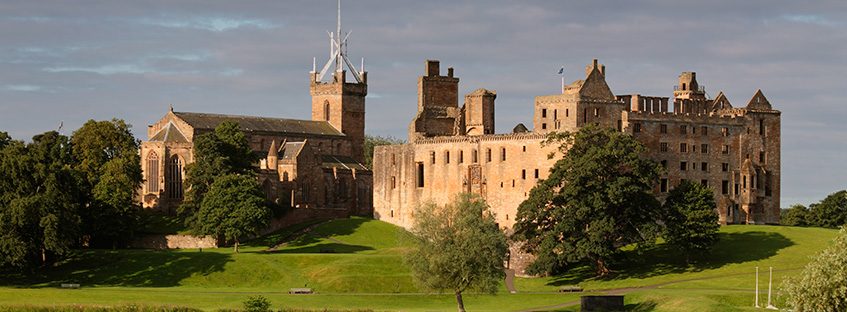
Shortly after Mary was born, her father James V died of cholera. Mary was proclaimed queen with nine days and crowned with nine months. The place for the coronation: Stirling.
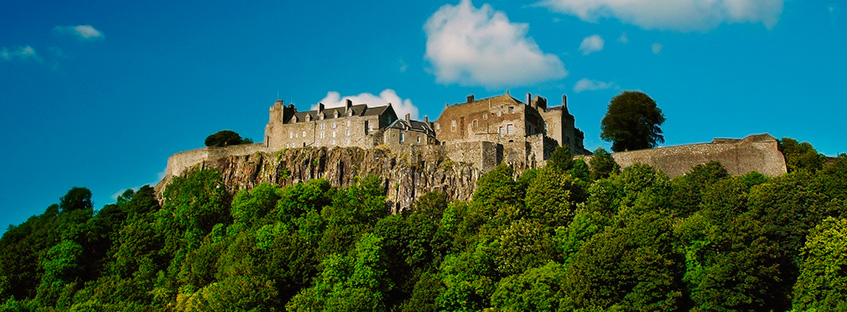
Youth: religion and politics
Mary Stuart, queen of Scotland, was from 1559 also queen consort of France. Reign that lasted very little, because in 1560 she was widowed and had to return to Scotland. Her mother also died that year.
In the port of Leith, her faithful and her detractors were waiting for her. Scotland was immersed in religious conflicts between Catholics and Protestants. Mary Stuart represented Catholicism and the Presbyterian movement was supported by James Stuard I, Mary’s half-brother and led by John Knox, one of the great enemies of the reign.
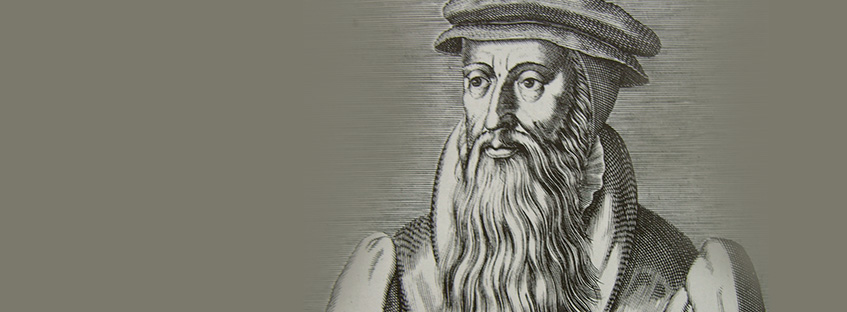
The queen accepted a government in which Catholics and Protestants were represented, but neither Catholics nor Protestants were happy. Catholics wanted Mary to be more radical in the face of the Protestant movement and to eliminate it at its roots. But the Protestants were also not satisfied. Mary continued to attend her private mass at the Palace of Holyrood.
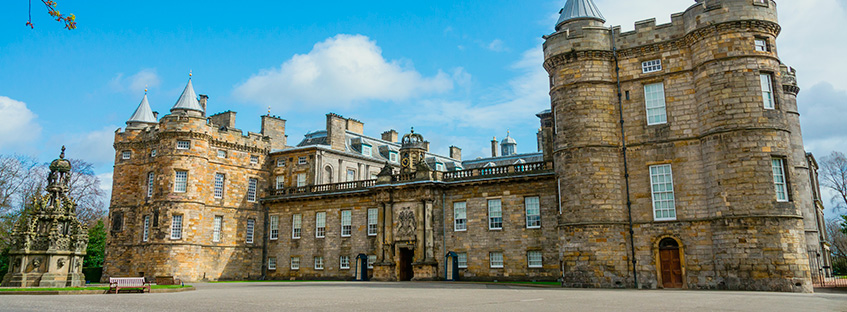
The throne of England: Elizabeth I and Mary Stuart
The other great conflict, which haunted Mary Stuart even before her birth, was the possibility of inheriting the throne from England. Inheriting the throne involved not only a political victory, but also a religious victory. After the death of Henry VIII of England, Mary Tudor would arrive and later Elizabeth I. James VII offered Mary Stuart the marriage with her son, Mary Tudor doubted whether to appoint Mary or Elizabeth as successor; and Elizabeth had numerous conflicts with her “cousin and sister”.
One of the attempts to bring positions between the two queens was also one of the main problems between the two: marriage to the English nobleman, Lord Darnley.
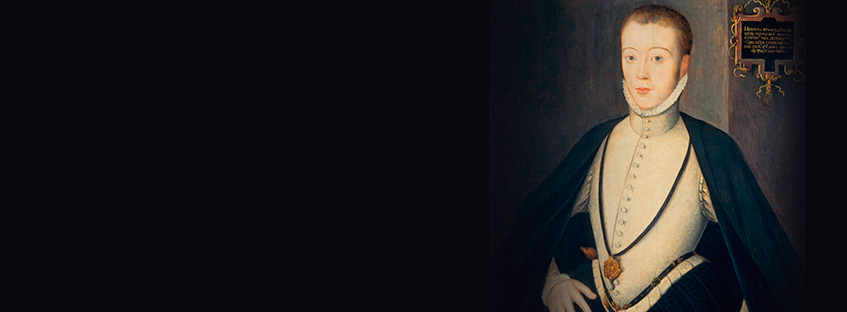
This link worried the English crown, since if Mary and Darnley had an heir they would have great options to inherit the throne.
The Scottish Lords did not support marriage either, as he was an English nobleman. And even less Protestants, he was an English Catholic Lor. For this reason James, count of Moray, organized a rebellion against marriage. The Lords were defeated by Mary at the Battle of Chaseabout. Shortly after the wedding and the battle of Chaseabout, Mary became pregnant with her future heir, James VI.
The murder of the King consort
The relationship between kings was never good. Lord Darnley wanted more power and was suspicious of any relationship that Mary Stuart had. From that circumstance, another murky episode would come in the life of Mary Stuard: the murder of David Rizzio in the Palace of Holyrood.
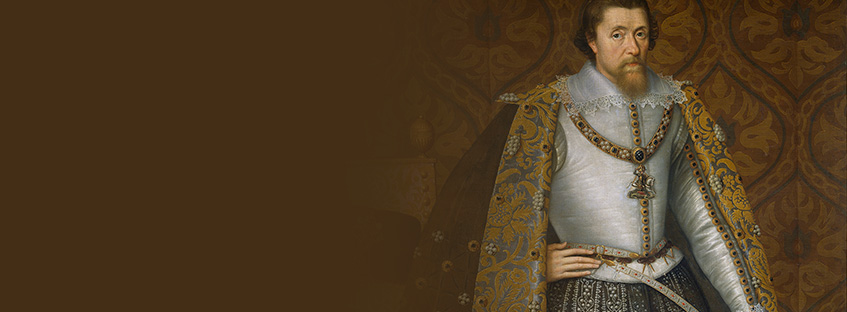
Mary went directly to Edinburgh Castle, where for security she specifically gave birth to her son. Both the Lords and Mary herself were weary of Lord Darnley’s excessive requests. And one night, the house where Lord Darnley is sick exploded in the air. The consort king was dead.
The Scottish Lords were charged with the murder. This shows the global disloyalty that existed among the noble class of the moment. Count Bothwell, one of those implicated in the king’s murder, would be the future husband of Mary Stuart.
The end of Mary Stuart
The Lords saw that Earl Bothwell was gaining too much power, and when a man had too much power in his hands, even his allies did not sleep soundly. The nobility rose up in arms against Mary and Earl Bothwell. Earl Bothwell was expelled from Scotland, Mary was imprisoned and forced to abdicate her son, James VI.
In May 1568, Mary managed to escape from the castle of Lake Leven disguised as a washerwoman, in a very short time she managed to organize a small army with the few nobles who still supported her. Her half brother, James Stuart, Count of Moray, and she fought against each other in the last of the battles that Mary would live, the Battle of Langside, on May 13, 1568.
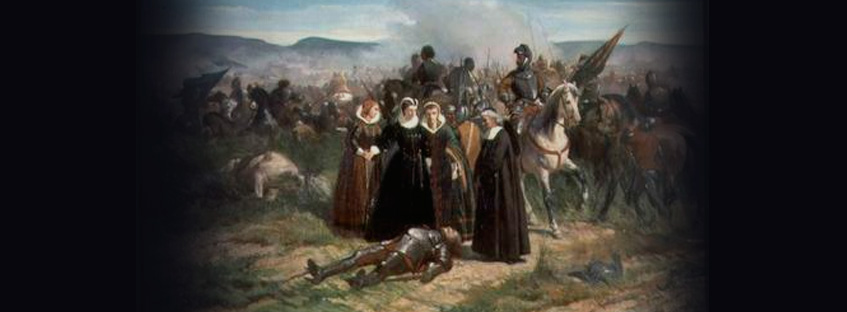
After the defeat, Mary fled to England, hoping that her cousin Elizabeth I would help her. All the time that Mary was in England, she was imprisoned in different castles: Bolton Castle, Tutbury, Sheffield Manor, among others.
Mary Stuart would not return to Scotland. On the morning of February 8, 1587, Mary Stuart was beheaded at Fotheringhay Castle by order of Queen Elizabeth I of England.
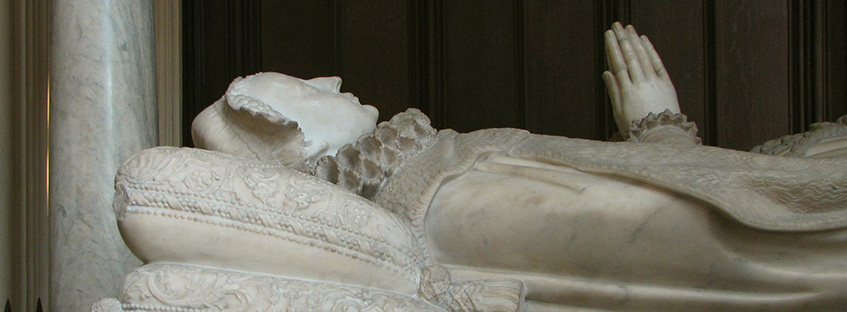
She was buried in Peterborough Cathedral. Years later, in 1612, her son James I of England and Ireland and VI of Scotland had her mother’s body exhumed to be buried as a Queen at Westminster Abbey. Fate wanted her to be only 9 meters from her cousin, Elizabeth I.
Discover Holyrood palace
In Holyrood palace, you will be able to see up close the Scottish Queen’s room and discover the impressive rooms decorated in the purest Baroque style. Also, if you are a fan of the Outlander series, you will be interested to know that although the castle is not part of the series locations, Carlos Eduardo Estuardo (known as Bonnie Prince Charlie) stayed there for six weeks, celebrating extravagant nighttime dances at his Great Gallery.
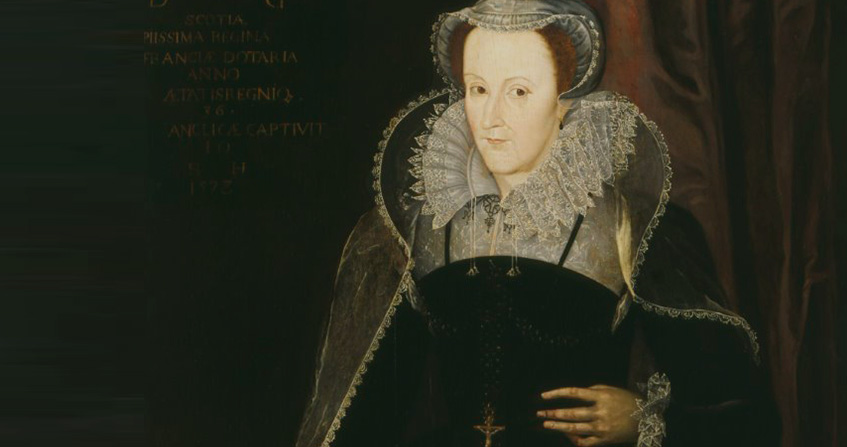
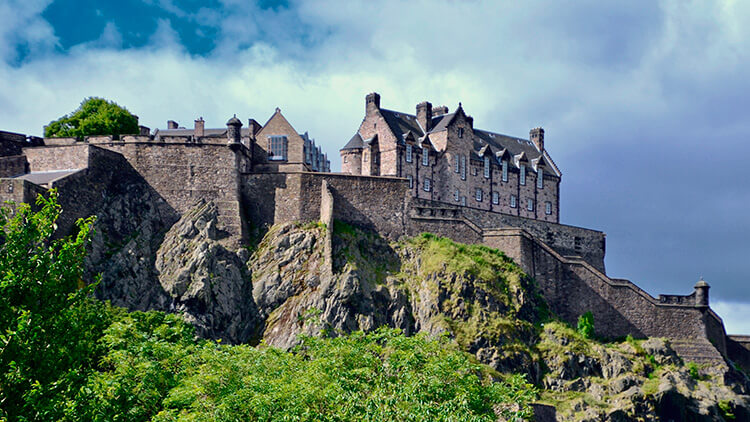
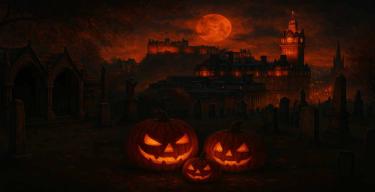
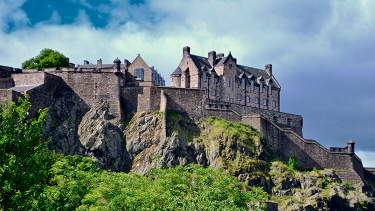
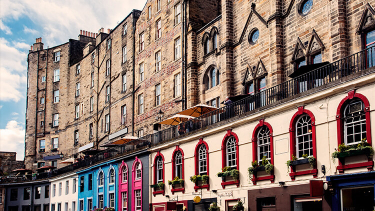


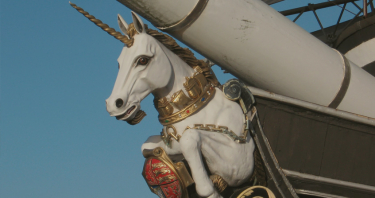
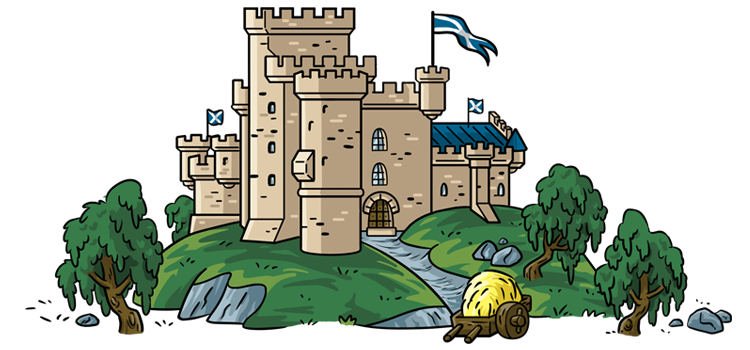









Previous comments...